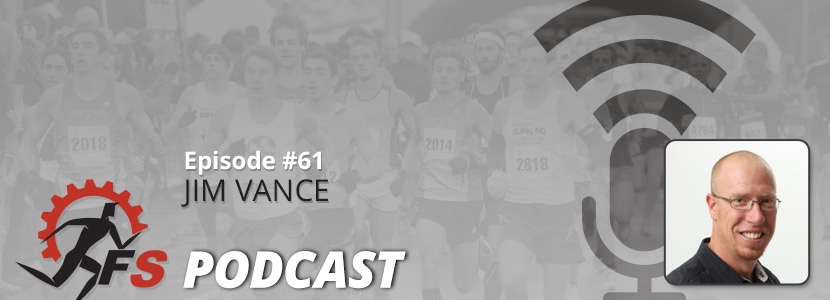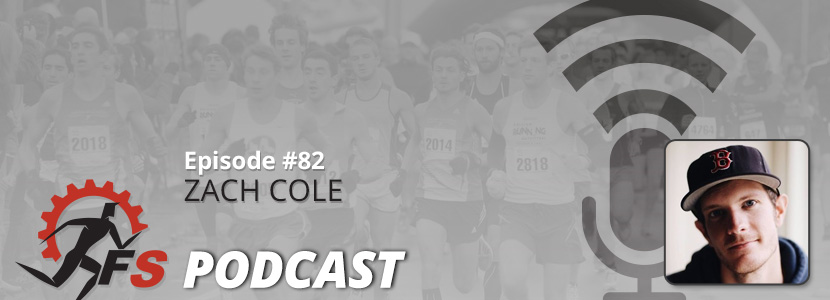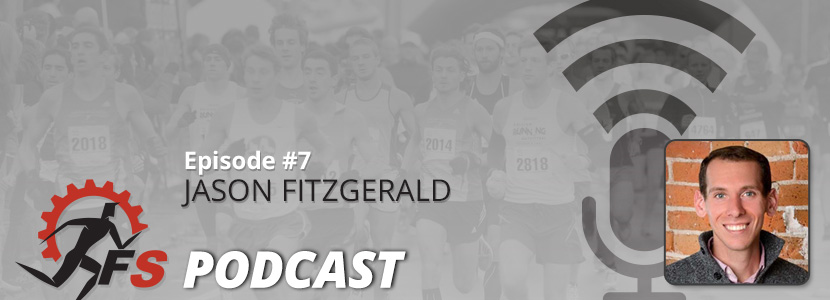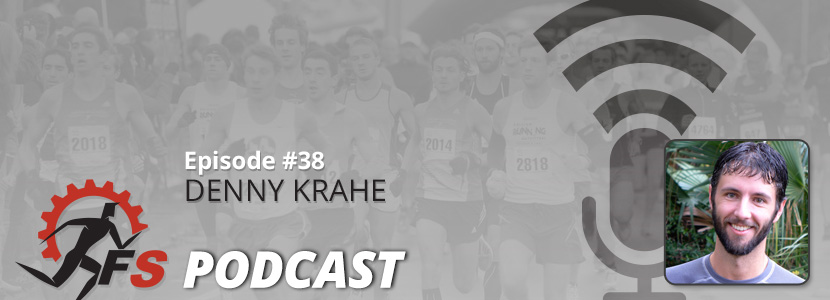In Episode 61 of the Final Surge Podcast, we welcome coach Jim Vance who literally wrote the book on power meters for runners with his book Run With Power. Power meters have been around for a while with cycling, but they are fairly new for running. Final Surge has recently started importing running power metrics from Stryd devices. We talk to Jim about what some of those numbers mean and how he used power training to coach Ben Kanute to his recent runner-up finish at the Ironman 70.3 World Championships. I just recently started playing with a Stryd power meter myself so I learned a lot as I did this podcast. This is a topic we will continue to cover as we become more familiar with it and as the technology continues to advance. If you are listening to this podcast when it first comes out, head over to FinalSurge.com or to our @FinalSurge Twitter account and register for a chance to win a free Stryd running power meter.
Listen to the podcast on iTunes or listen to it on Stitcher if you have an Android device.
Stream it right here:
You coach some great triathlon athletes including Olympian Ben Kanut. How did you first get started in endurance athletics and how did that lead to coaching today?
Most endurance athletes have heard about power meters for the bike, but what is a power meter for running?
How can a power meter help a runner? If someone gets a new power meter, what is the first thing a runner should do?
What is your power number that you get and what does it mean?
Once I have a dataset of 4-6 weeks of runs, what numbers should I be looking at and trying to change and improve?
How will power numbers differ for different workouts like a long run versus a tempo run?
As a coach, I am trying to understand this better. If we are doing a 7 x 1k workout at tempo pace, how do I use a power number?
Can you talk about these zones and how you use them to write workouts?
What is the biggest difference in power numbers that you are going to see in newer runners versus more experienced runners?
What would be a significant change in these numbers? What are you looking for in the numbers?
Facebook question: So, page 205 (Run With Power book by Vance) says the analysis should explore the following key metrics in the post-race analysis: NP, IF, VI, TSS, EI, CTL the day before race day, TSB on race day, w/kg during the race, power zone distributions, point in the race where power and/or pace dropped off. This appears to be the story that emerges which should guide your next training cycle. Is there a simplified way to understand that story? I realize I should look at the numbers and decide a weak area…but that’s a lot of numbers! Can you guide our eye for making decisions about the next step in training?
You recently released some training plans on Final Surge for running with power, can you tell us what is in those plans?
You mentioned Ben Kanute averaged 340 watts for his power in an Ironman 70.3 race. When we are looking at the power number (watts) in Final Surge should we be aiming for a certain number/wattage?
Resources
Jim’s book Run With Power
Team Final Surge






